The 1960s was a time when safety regulations were far more relaxed, and manufacturers churned out baby products without much thought about choking hazards, toxic materials, or life-threatening design flaws. Many of these items, once found in nearly every nursery, have since been linked to serious injuries, suffocation, poisoning, and even death.
So, what kind of baby products were parents unknowingly trusting? Let’s find out below.
Crib Bumpers
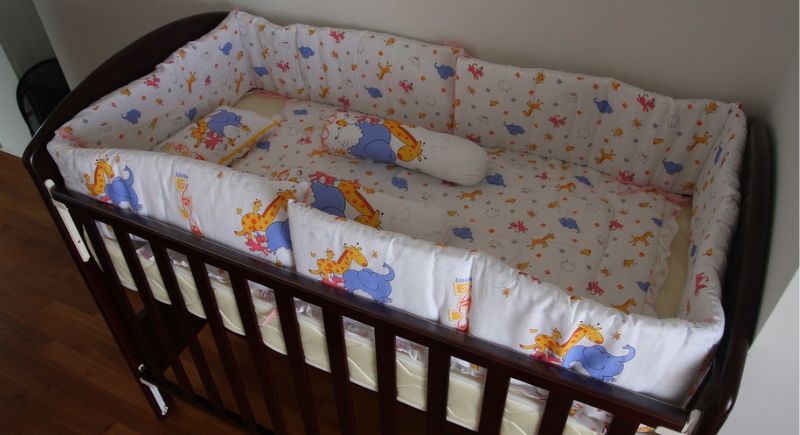
What was once marketed as a soft cushion to protect babies from crib bars turned out to be a major suffocation hazard. Research linked crib bumpers to Sudden Infant Death Syndrome (SIDS) and airflow restriction. Pediatricians now insist on bare cribs—just a firm mattress, a fitted sheet, and nothing else.
Baby Walkers with Wheels
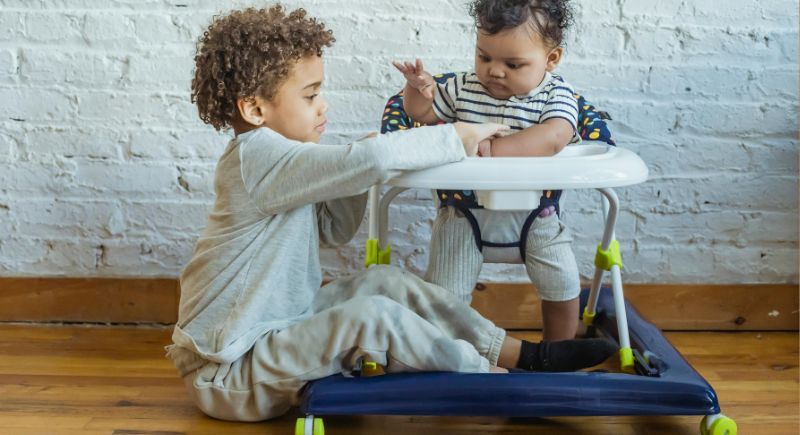
Parents once saw baby walkers as a fast track to early walking. In reality, these rolling contraptions sent infants tumbling down stairs, crashing into furniture, and tipping over. Even worse, walkers delay proper walking development. Currently, they’re banned in Canada, and the American Academy of Pediatrics (AAP) strongly discourages their use.
Talc-Based Baby Powder
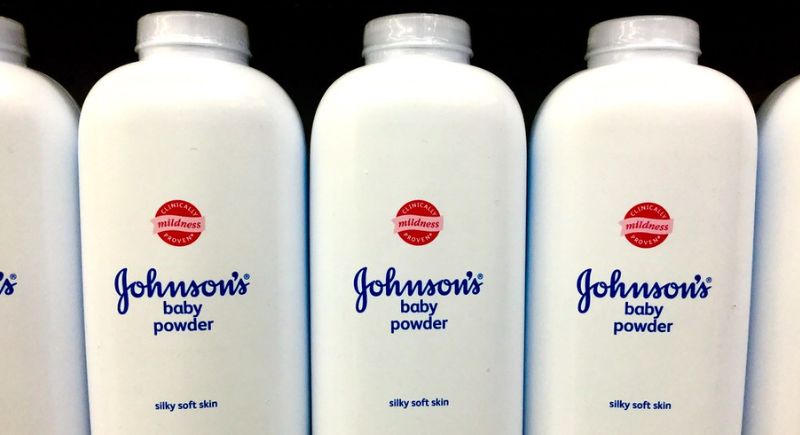
For decades, parents sprinkled talc-based baby powder to keep their little ones dry. It turns out that inhaling talc particles can cause respiratory issues and even cancer. While many brands have switched to cornstarch alternatives, experts now recommend skipping powder altogether and keeping baby’s skin clean and dry.
Glass Baby Bottles with Lead Paint
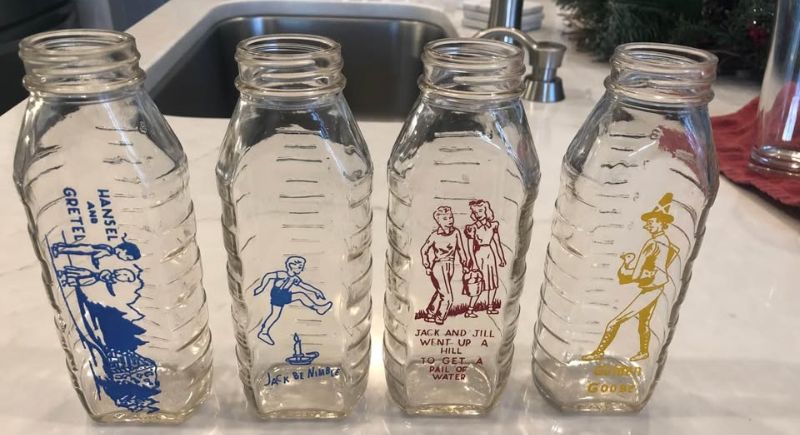
Some baby bottles in the 1960s featured decorative lead-based paint, and we now know that even tiny amounts of lead can harm brain development. Lead exposure can cause neurological damage, learning disabilities, and developmental delays. Now, baby bottles must be BPA-free, lead-free, and rigorously tested for safety.
Drop-Side Cribs
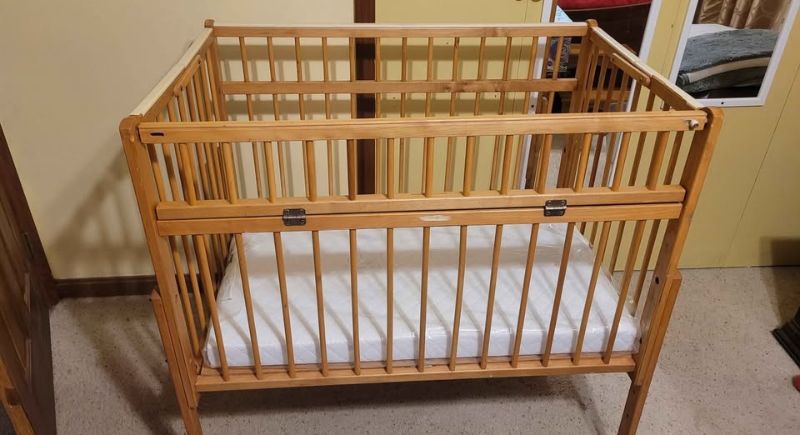
Drop-side cribs were popular for their easy access, but that convenience came with a terrifying risk. Babies could become trapped in the gap, which could potentially lead to suffocation or strangulation. After multiple deaths, the U.S. banned them in 2011. Modern cribs now feature fixed sides for maximum safety.
Pacifiers with Long Strings
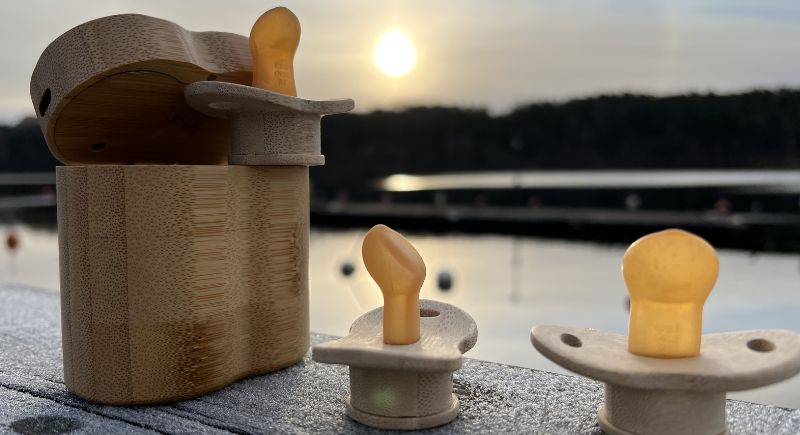
It seemed like a clever idea—attaching pacifiers to a long ribbon so they wouldn’t get lost. But the problem was that babies could get tangled and choke. Proper safety regulations prohibit long pacifier cords. Instead, short, breakaway clips ensure that soothing stays safe.
Plastic Mattress Covers
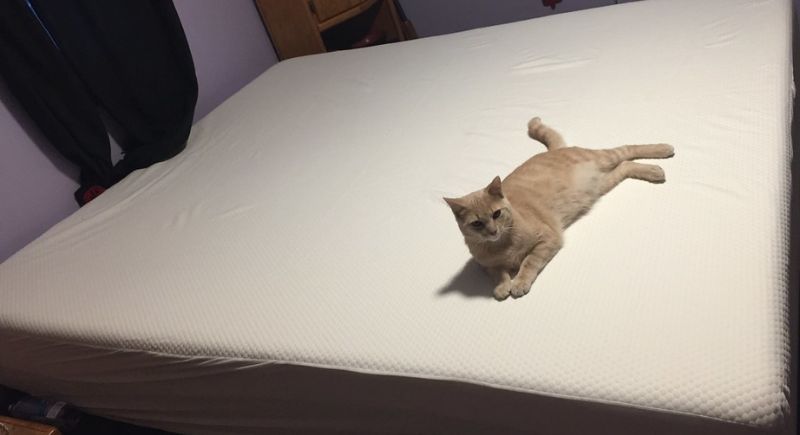
Waterproof plastic mattress covers were great for spills, but they posed a serious suffocation risk. If the cover became loose, babies could get trapped face-down and struggle to breathe. Modern crib safety rules emphasize breathable and come with well-fitted covers.
Baby Swings with No Safety Straps
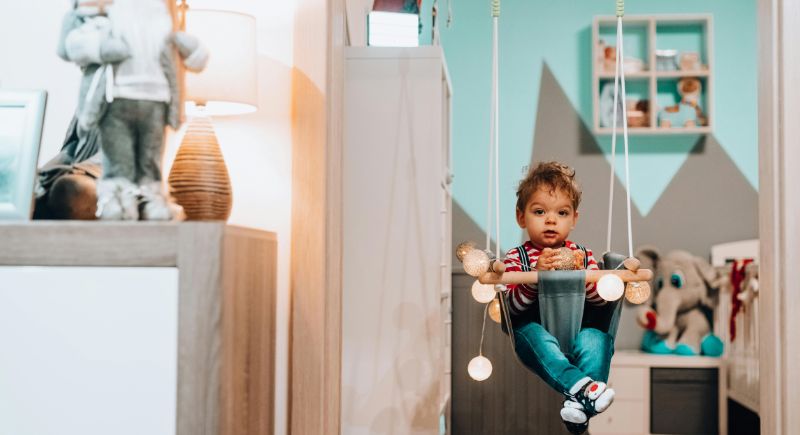
What does a baby swing without a harness sound like? An accident waiting to happen, right? Early versions lacked proper restraints and led to babies slipping out or toppling over. Modern swings must have secure, adjustable straps to keep wiggly babies safely in place.
Baby Gyms with Dangling Parts
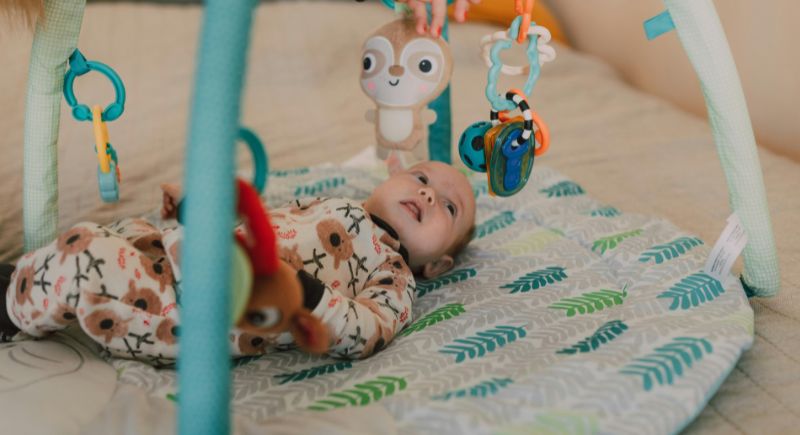
Play gyms with hanging toys were a fun way to entertain babies—until those tiny parts popped off and became a choking hazard. Today’s baby gyms are designed with larger and securely attached toys that meet strict safety regulations.
Mercury-Tipped Thermometers
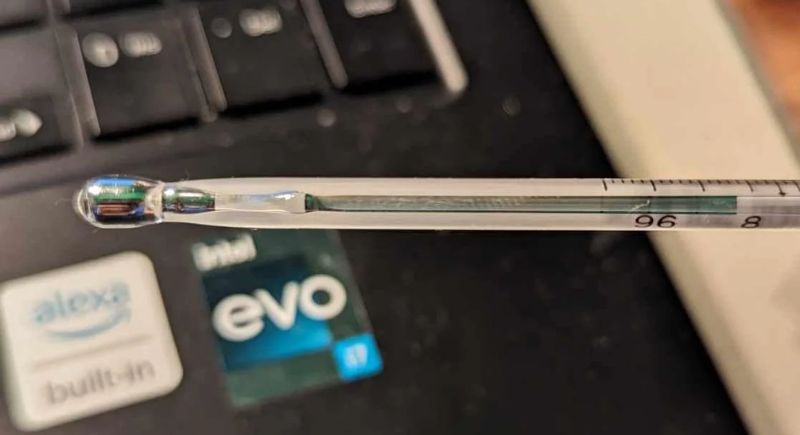
Before digital thermometers, parents relied on mercury glass thermometers to check for fevers. The risk was that if broken, these thermometers released toxic mercury, which can cause neurological damage if inhaled or absorbed. Modern parents use safe and shatterproof digital or infrared thermometers instead.
Sunlamps for Jaundice
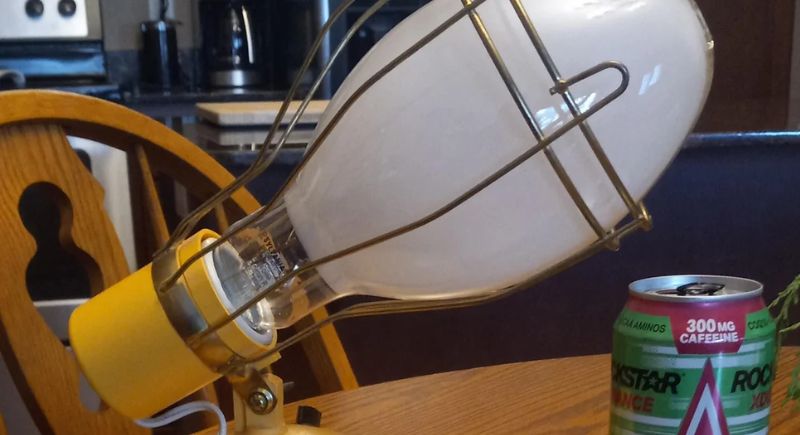
Parents once used home sunlamps to treat jaundice, thinking UV rays would help. However, too much UV exposure can lead to burns, dehydration, and eye damage. With technological advancement, jaundiced newborns were treated with hospital-grade phototherapy under controlled conditions.
Baby Bath Seats Without Suction Cups
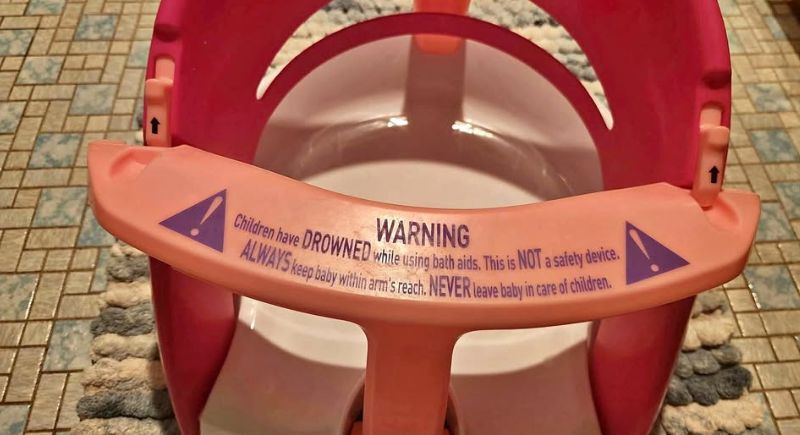
Early bath seats lacked strong suction cups or harnesses, meaning babies could tip over in the tub. Since drowning can happen in just a few inches of water, today’s bath seats are more secure. In any case, pediatricians still warn against leaving babies unattended in water.
Playpens with Hard Wooden Slats
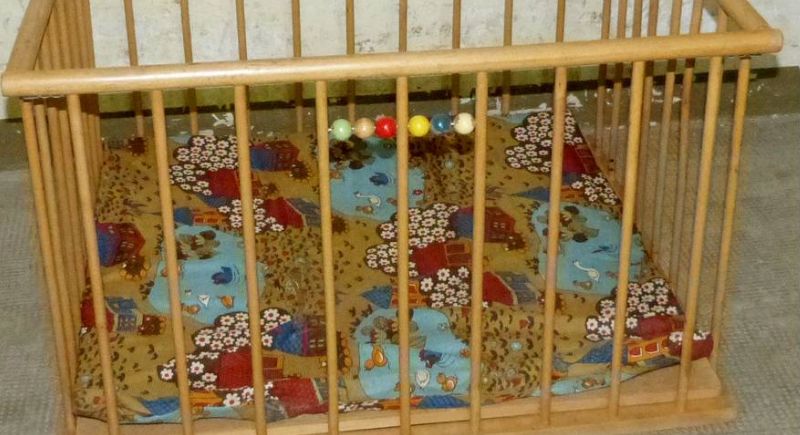
Playpens from the 1960s were made with rigid wooden slats that were too far apart. This led to trapped limbs, strangulation risks, and splinters. Some even had sharp edges. Modern models feature breathable mesh sides and strict spacing regulations for ultimate safety.
Baby Oil with Mineral Oil
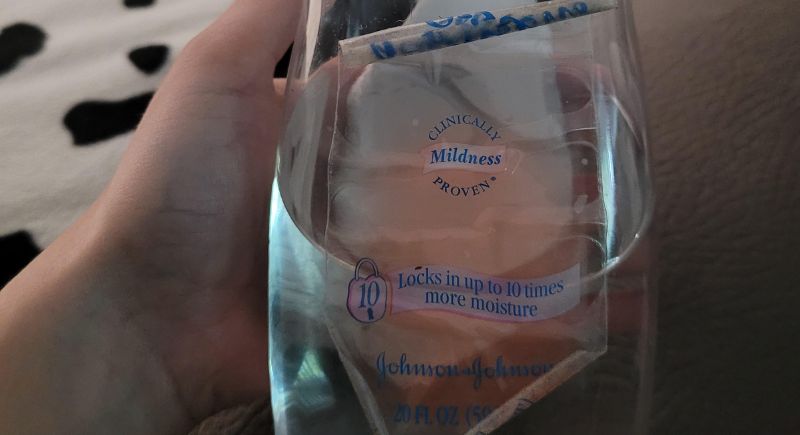
Mineral oil itself isn’t toxic, but if inhaled, it can coat the lungs and cause lipoid pneumonia—a serious lung condition. Since babies love putting their hands in their mouths, accidental inhalation is a real concern. Pediatricians now warn against using it near the face, and many parents opt for plant-based alternatives.
Lead-Based Baby Rattles and Toys
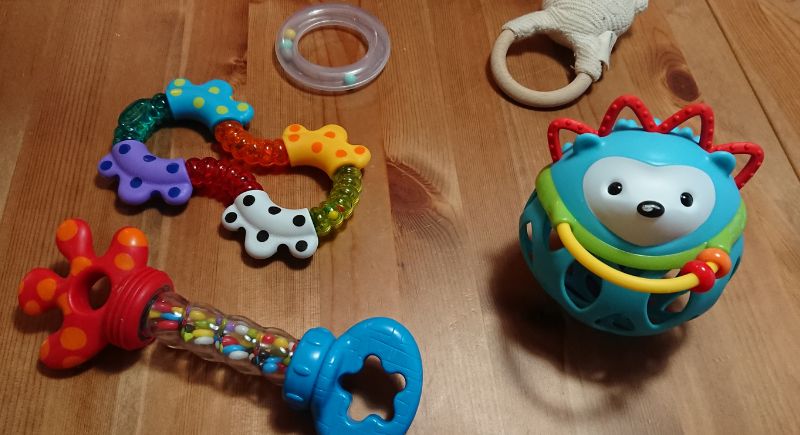
Babies put everything in their mouths—including lead-painted rattles and toys in the 1960s. Lead exposure is detrimental to brain health and can cause serious learning disabilities. Thankfully, strict regulations now prohibit lead in all baby products.